Although they might seem similar from the outside, there’s definitely a difference in the use-case between a Bluetooth speaker and a DAB radio, like the Pure Evoke Spot. But this compact system – designed to take up as little room on a bookshelf, bedside table or kitchen worktop as possible – aims to blend the two.
As well as FM and DAB+, you also have access to 85,000 internet radio stations and podcasts once hooked up to your home Wifi. That same connection also enables Spotify Connect, and there’s Bluetooth 4.2 so you can stream whatever you want from other devices too.
You don’t get voice control or home assistant support, and while you can control the unit from then Undok app, you don’t have to. I suspect these things will sound like a positive rather than a negative to the Evoke Spot’s target market.
Verdict: Buy this if you want a DAB radio first and a Bluetooth speaker second. Especially if you’re not interested in voice control (or actively don’t want it). The audio quality and connectivity are great, but if you’re not that bothered about radio, there are better smart speaker options at this price.
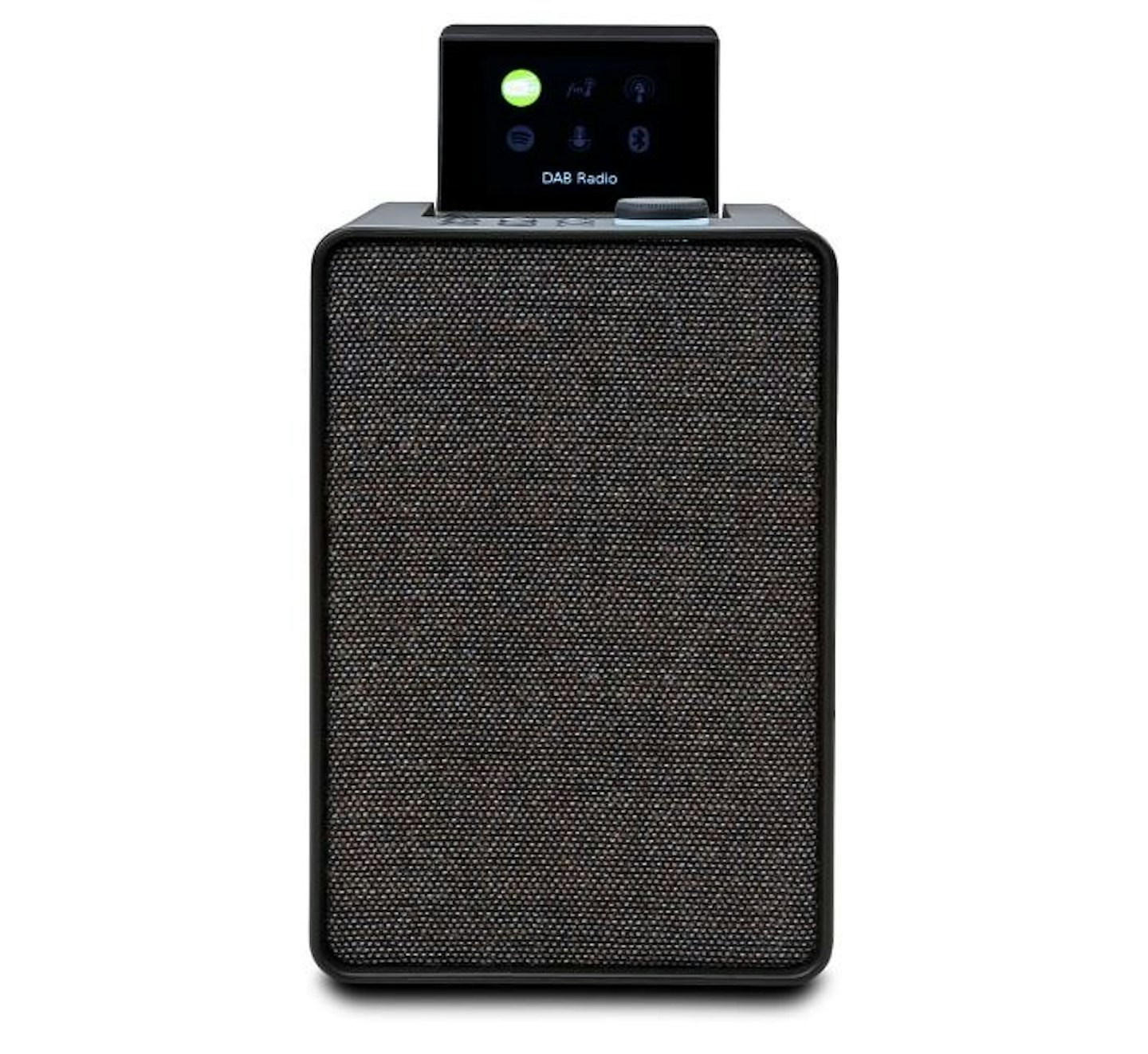
redirect.viglink.com
Pros
- Sleek, clean design
- Good sound quality
- Great connectivity
Cons
- No battery option
| Speakers | 20w |
| Sources and connectivity | DAB/DAB+, Bluetooth, Wifi, Internet radio and podcasts, Spotify Connect |
| Power | Mains |
| Dimensions | 188x110x120mm |
| Weight | 1.3kg |
What’s good
All of the basic ingredients here are great – balanced sound quality with punchy bass, proper buttons so you can change station or volume with ease, and a small footprint to ensure it’ll fit into the space you want.
The design is also a high point, with a sleek and simple exterior and the option to hide the small 2.4-inch screen for a cleaner look. In fact, if you click around in the menu to assign radio channels to the four buttons on the front, you need never open that screen again.

But to do so would mean missing out on many of the Evoke Spot’s features. Opening the screen reveals even more buttons – extra presets, a menu navigator, and the ability to swap source from FM/DAB+ to internet radio, podcasts, Bluetooth and Spotify Connect.
The latter requires connection to your home Wifi, but once you’ve set that up (which was seamless in my experience) you can play music via Spotify through any of your other connected devices – phone, laptop, etc. This worked flawlessly for me – I just hit play in Spotify on my phone and then select the Evoke Spot as the output.
This is great if you like to mix and match what you listen to while you cook, for example, or like in my situation, you love streaming music and your partner likes listening to talk radio.
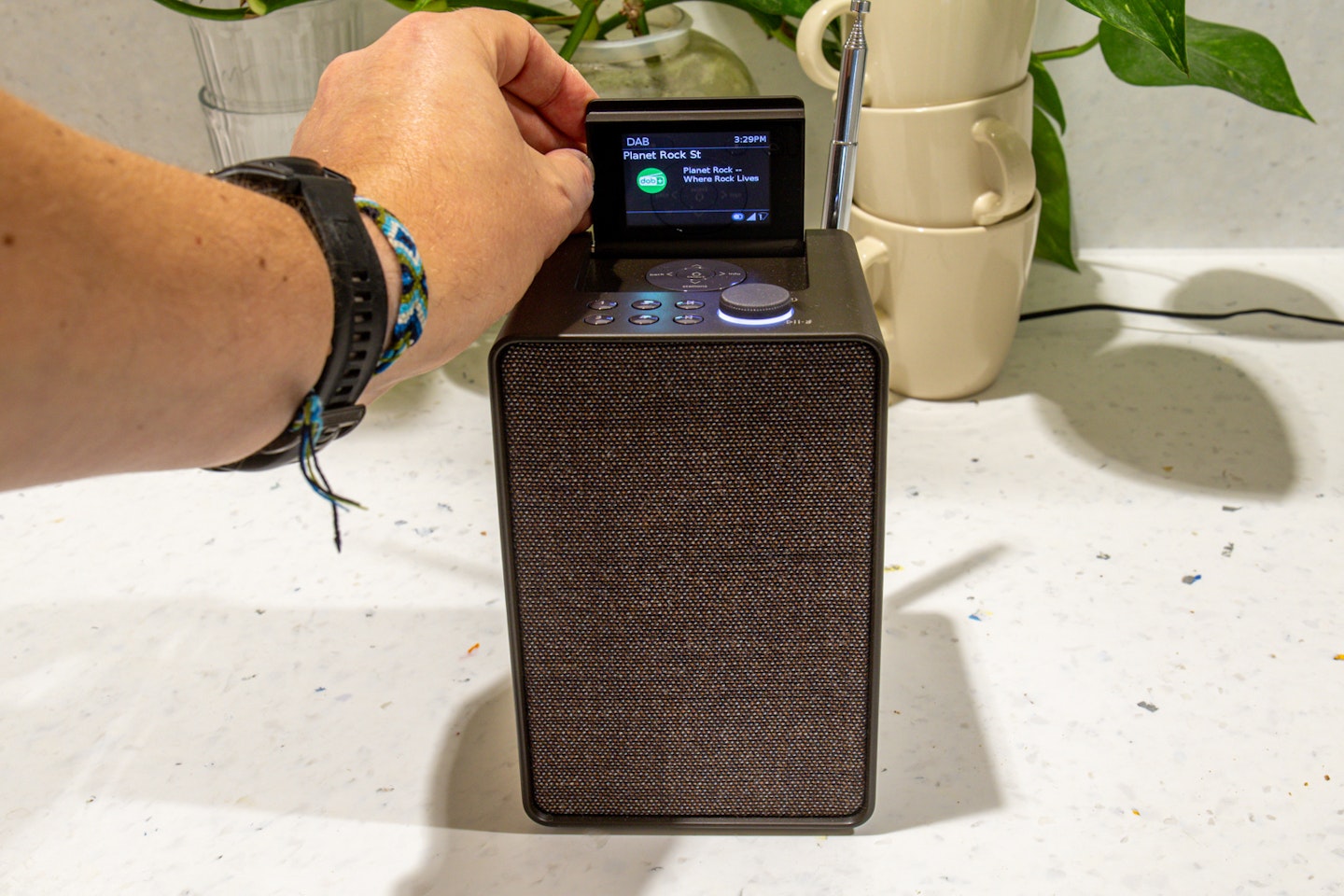
Simplifying things further is support from the Undok app, which basically reproduces all of the functions on the top of the radio, so you can control it completely via your phone. Again, setting this up and using it proved to be very simple.
What’s okay?
That’s handy because using the buttons on the radio to type out the name of the podcast I wanted to listen to using its tiny on-screen keyboard was a faff, and the screen itself isn’t touch controlled. That said, it wasn’t impossible, just time-consuming, so you can still use it perfectly well if you have no intention of connecting it to your phone.
I also wasn’t blown away by the sound quality from the single 20w, 3-inch speaker. It’s certainly clean enough, and doesn’t seem to degrade even if you wind the volume knob all the way up (at which point it is very loud!) but I think I expected a bit more sparkle at this price.
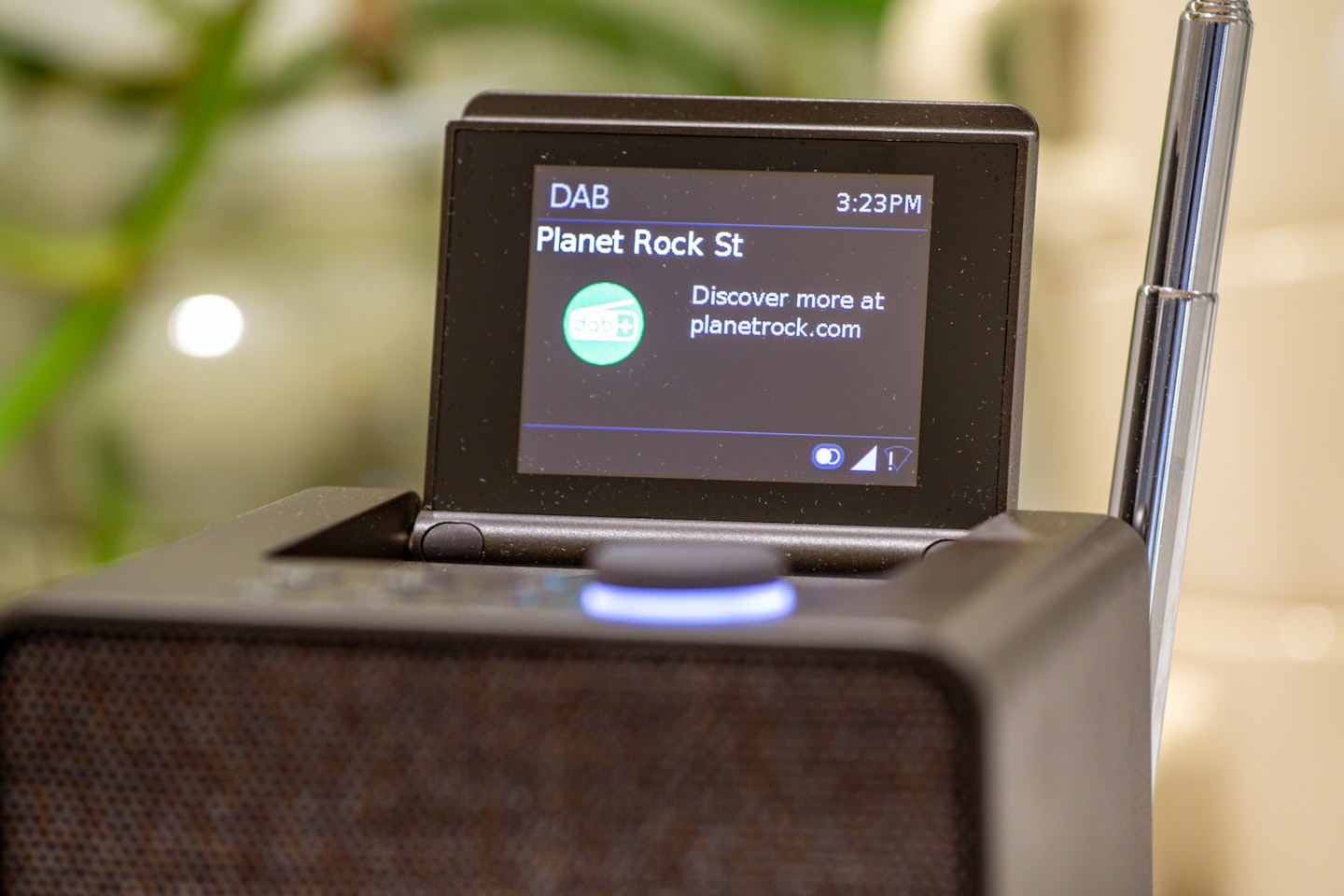
My other small complaint is that it looks a lot like a Bluetooth smart speaker, but doesn’t offer up many of the features you’d expect from one, such as multiroom support, voice control, or home assistant functions.
Design-wise I think the Roberts Revival RD70 we recently reviewed does a better job – it’s not a smart speaker, it’s a radio, and it makes a big deal about looking like one. That said, if you want the same experience as the Roberts in a much more subtle package that’ll blend into a bookcase, I can understand why the Evoke Spot would appeal.
Any negatives?
Subjective design criticism aside, it is a bit annoying that the Pure Evoke Spot is mains-power only. There’s not even an optional battery pack like with the aforementioned Roberts radio, so if you want to take it down the bottom of the garden with you, you’ll need a long extension lead or leisure battery.
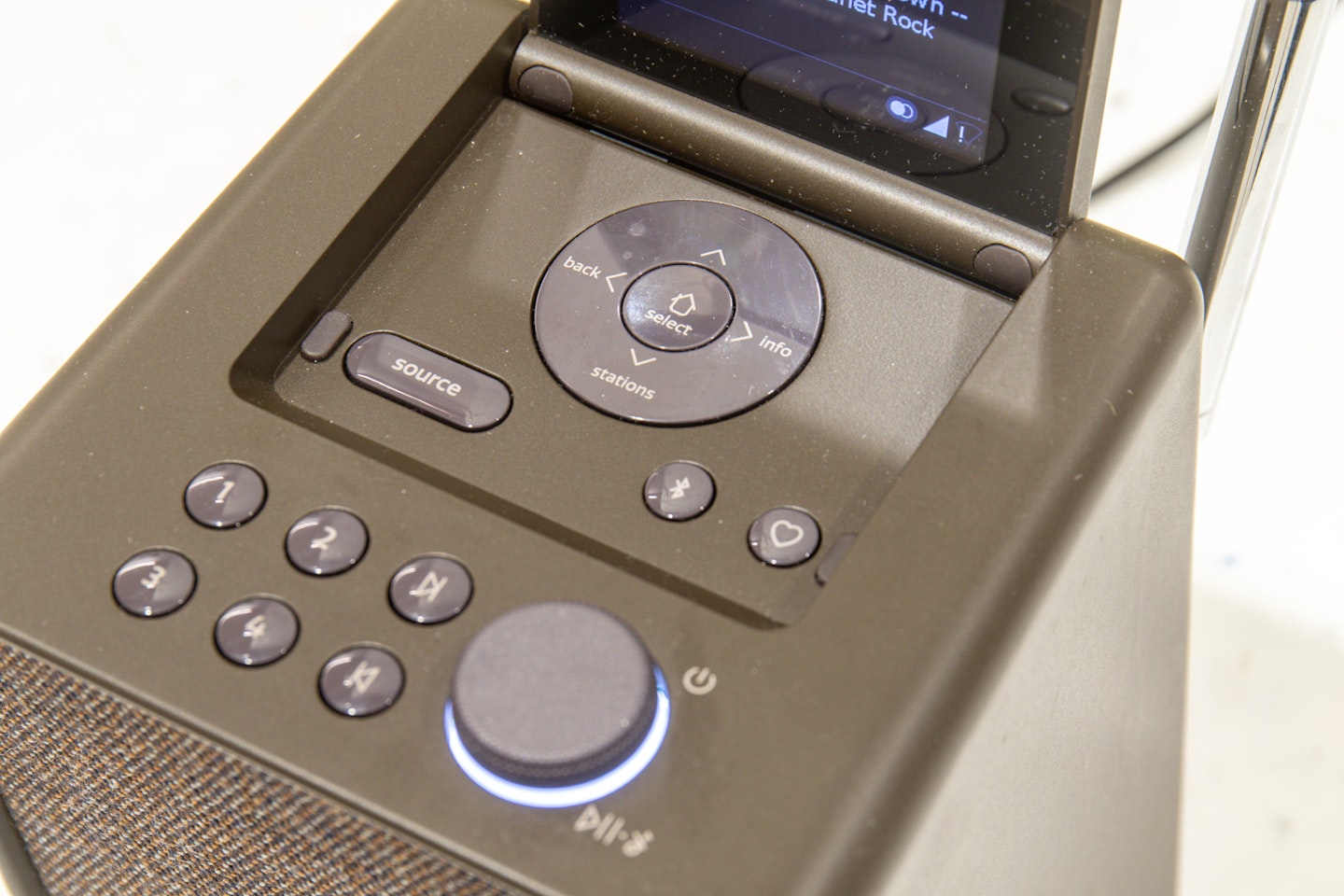
Even that’s a questionable negative really. If you have the perfect spot for the Evoke Spot in your house and don’t intend to move it around, it’ll never be a problem.
The biggest problem really for me is the price, which puts it up against smart home speakers and things like the Sonos Era 100, which packs considerably more features (and better sound quality) into a similar package.
Other items to consider
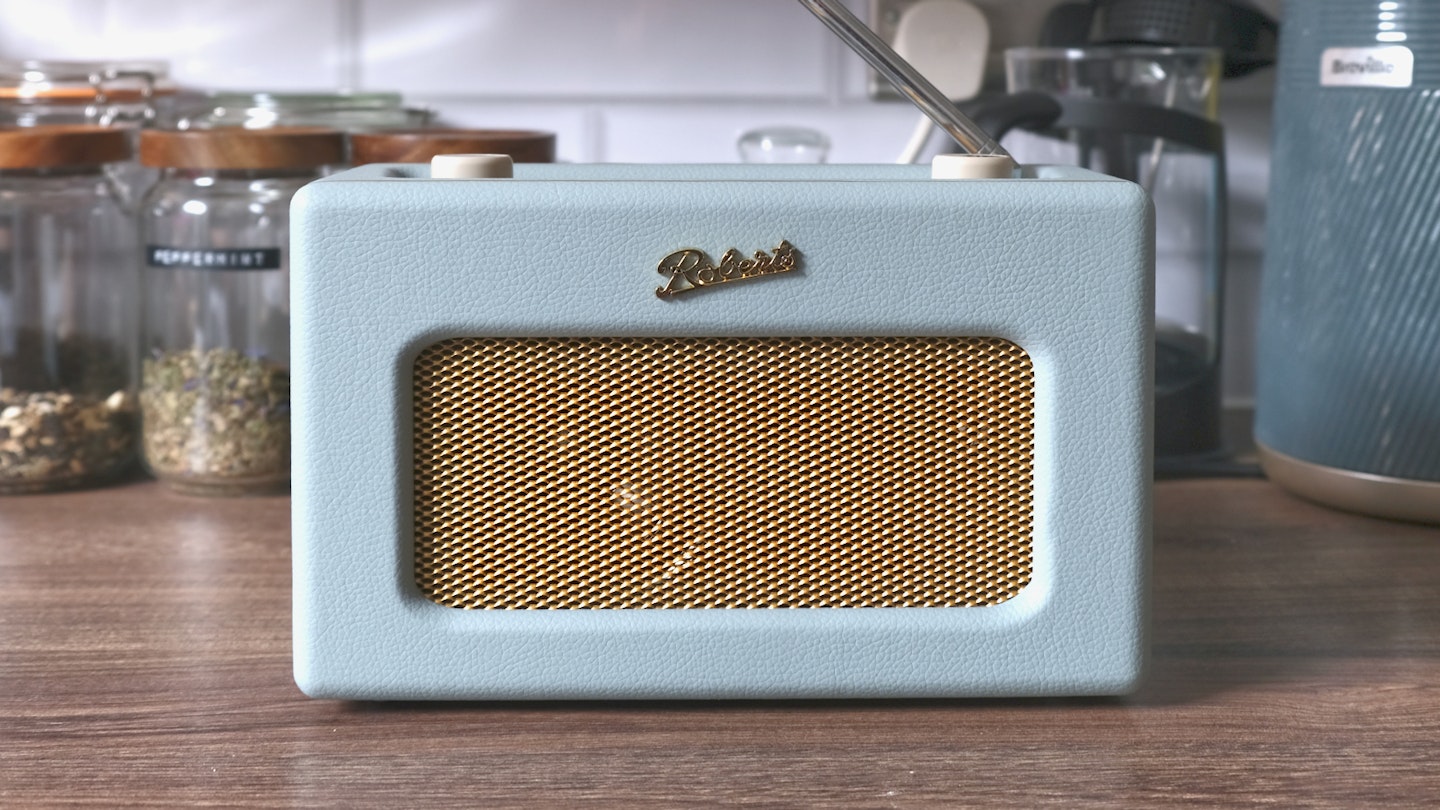 What's The Best / William Austin-Lobley
What's The Best / William Austin-Lobleyredirect.viglink.com
Retro-styled radio comes with similar features to the Pure Evoke Spot, but looks like a radio rather than a smart speaker.
B07B2Y7M9S
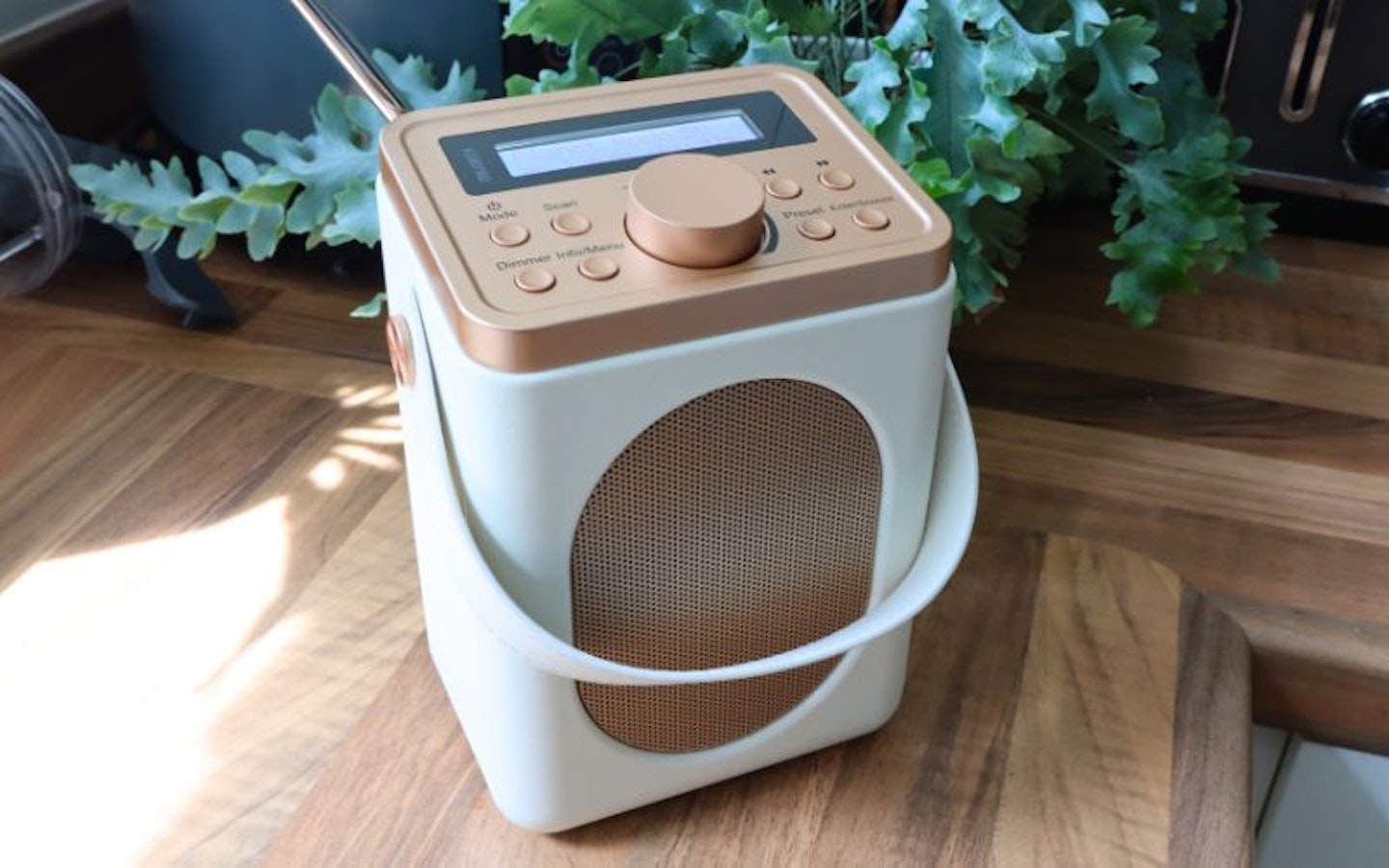 What's The Best / Chris Duffill
What's The Best / Chris DuffillSimilar styling to the Pure Evoke Spot but much cheaper - however, you'll lose sound quality and the ability to fold the screen away.
Reviewed in our portable DAB radio roundup. Read it here.
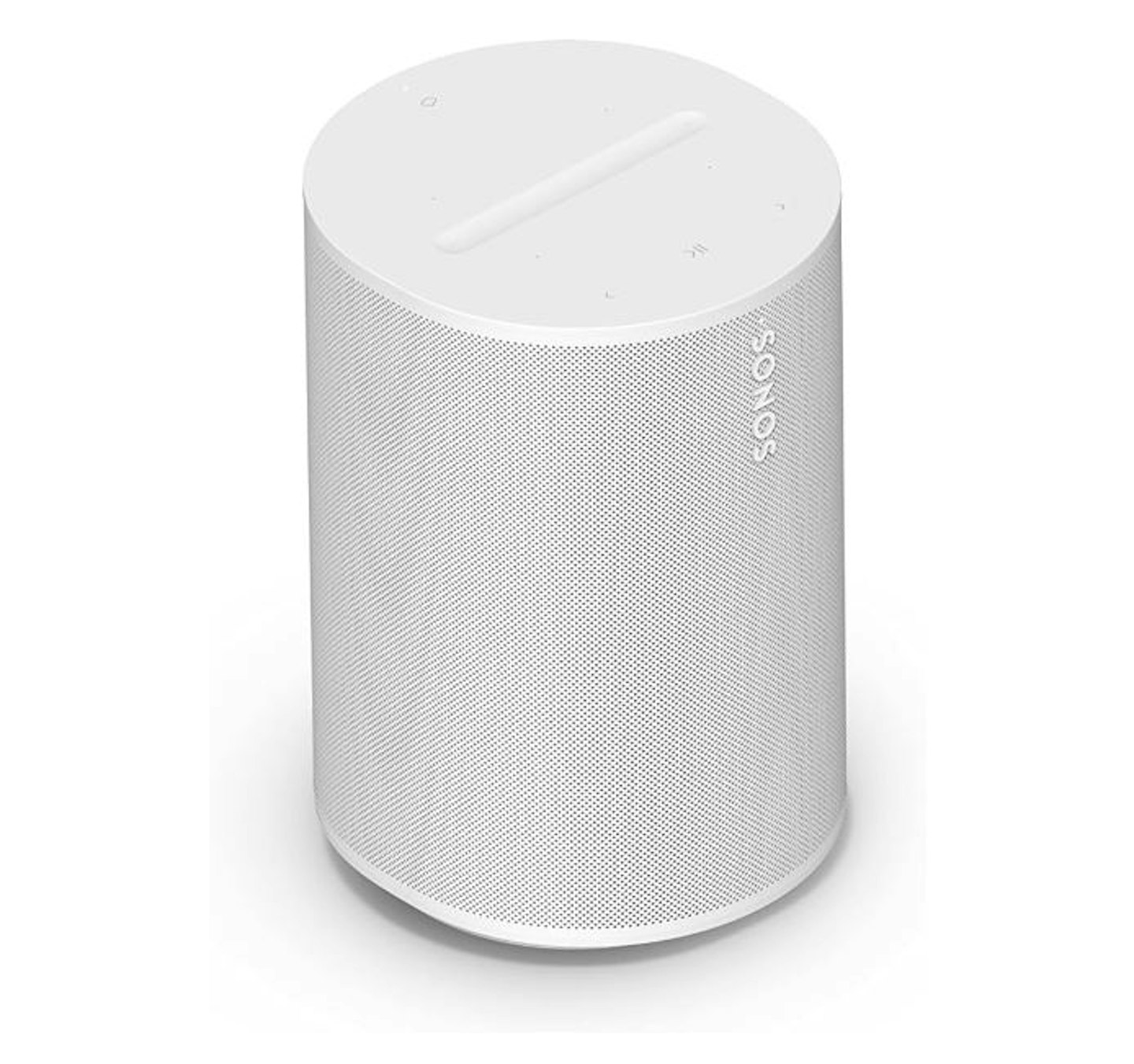
redirect.viglink.com
Okay, not technically a DAB radio, but you can stream whatever you want to it using Bluetooth and enjoy a range of other features. Not least a serious sound quality upgrade, but things like multiroom support and voice control, too.
Who tested it?
The Pure Evoke Spot radio was reviewed by Adam Binnie. He’s tested many audio products for What’s the Best over the years, including headphones, earbuds, and Bluetooth speakers.
How was it tested?
I set the radio up in my kitchen and we listened to it every day when making packed lunches for the kids or dinner for the family. My wife mainly used the radio function while I streamed music and podcasts to it using Spotify Connect and Amazon Music via Bluetooth. It got a bit of a hammering, in other words.
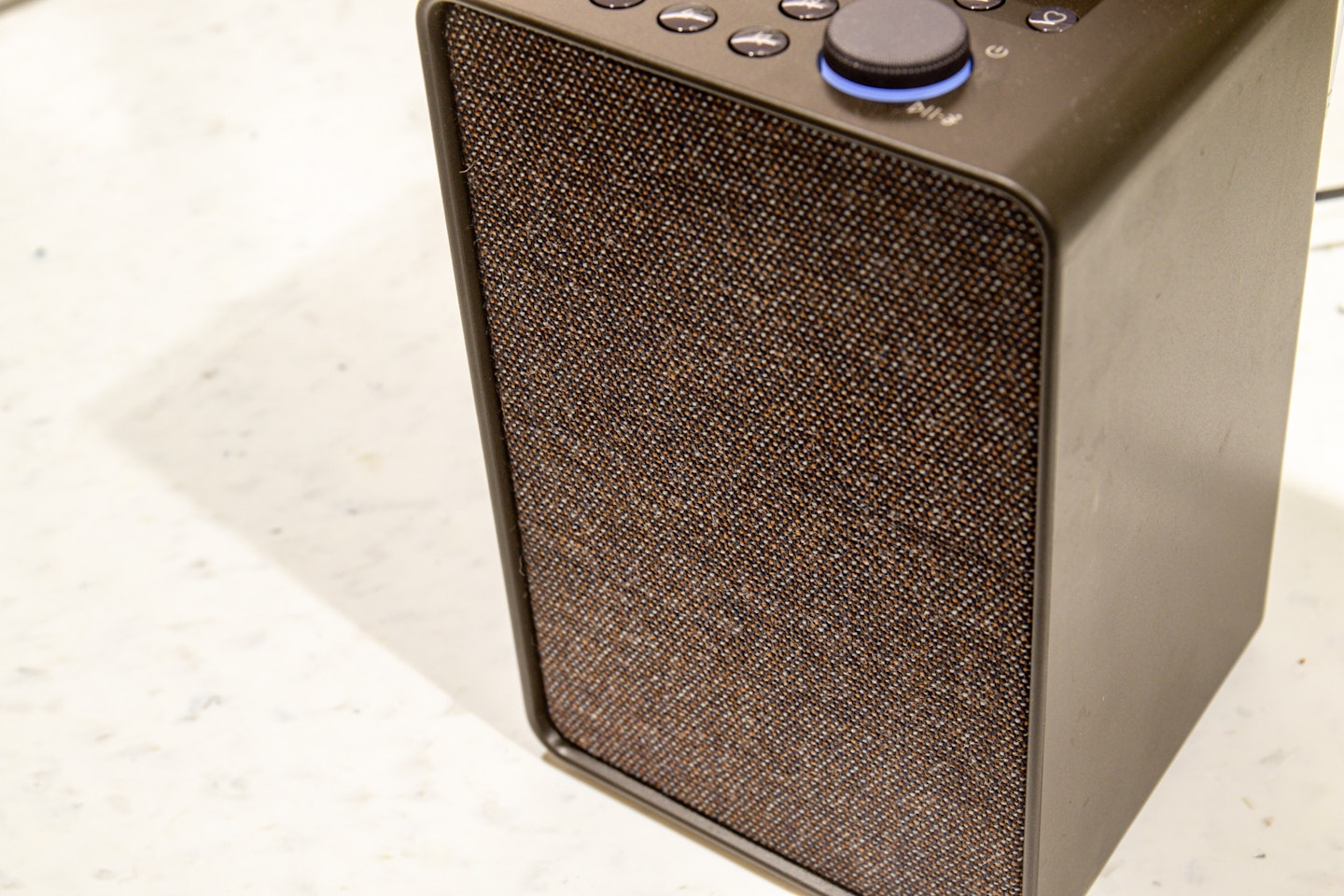
Why should you trust us?
At What's The Best, our mission is to provide accurate and reliable reviews, ensuring our readers receive honest and transparent information about the best technology products available. Anything less would undermine our commitment to being a trusted source of unbiased product information.
Our dedicated in-house writing team comprises experts with extensive experience and a genuine passion for technology. Collectively, we have spent decades testing and writing about tech, leveraging our expertise in all our articles, advice pieces and reviews.
We maintain complete editorial independence and do not accept payment for product reviews. Our writers have full control over their content, ensuring that products are selected based solely on the needs of our readers. While we may earn commissions or other compensation from links on our website, this never affects our product choices. These links enable us to continue offering valuable consumer advice, without compromising the integrity of our reviews.
How we test products at What's The Best
Struggling to navigate the audio world? We provide unbiased reviews for real listeners.
At What's The Best, we ditch the technical jargon and deliver sound reviews for sound people. Our team of audio enthusiasts puts everyday speakers, headphones, and more through their paces in real-world listening scenarios. We don't waste your time with staged tests – we focus on how these products actually perform for everyday music lovers.
The result? Unbiased buying advice you can trust. We only review the most relevant and impactful audio products on the market, so you know you're getting the latest insights. Can't find a review for your specific gear? We're constantly expanding our review database, so stay tuned!
Want to dive deeper into how we test audio products? Visit our dedicated page detailing how we go about performing our audio reviews.
Adam Binnie is a reviewer for What's The Best, with an interest in all things audio and fitness.
He has been a journalist for more than 15 years and enjoys anything on two wheels, from motorbikes and mountain bikes, plus going to gigs, and photography.
